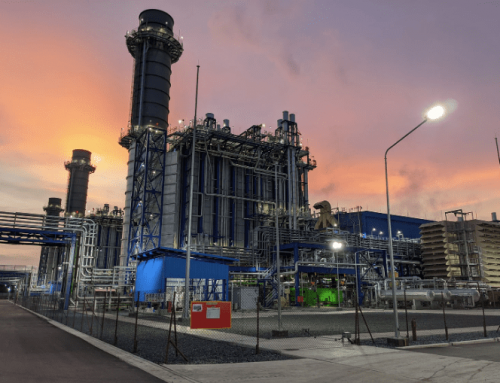Power plants are complex and dangerous facilities, so it is essential that employees are properly trained on all aspects of their job. A well-managed training program can help to ensure that employees have the skills and knowledge they need to operate safely and efficiently.
Here are five keys to managing a training program for power plants:
-
1) Identify training needs. The first step is to identify the specific training needs of your employees. This can be done by conducting surveys, performance reviews, and job analyses. You should also consider the changing regulatory landscape and technological developments when identifying training needs. It is clear that safety should be your top priority. With that in mind, the prosperity of the plant is in everyone’s interest. The performance of the plant should be close second. Conditioning all employees to think this way depends on the training they receive.
2) Develop a training plan. Once you have identified the training needs of your employees, you need to develop a training plan. This plan should include the following:
-
Training objectives: What specific skills and knowledge should employees learn? For example: what parameters most affect the power output and heat rate of the plant?
Training content: What specific topics will be covered in the training?
Training methods: How will the training be delivered? (e.g., lectures, simulations, on-the-job training)
Training schedule: When will the training be delivered?
Training budget: How much will the training cost?
3) Select and train trainers. Trainers should be experienced and knowledgeable in the subject matter they are teaching. They should also be able to deliver training in a clear and engaging manner. If you do not have internal trainers with the necessary expertise, you may need to hire external trainers.
4) Deliver the training. Once you have developed a training plan and selected trainers, you need to deliver the training. This may involve delivering training in-house or sending employees to external training programs or even bringing subject matter experts to your facility.
5) Evaluate the training. It is important to evaluate the training program to ensure that it is effective. This can be done by collecting feedback from employees and trainers, and by measuring the impact of the training on employee performance. Many evaluation models are available. The most recognized is the Kirkpatrick method.
Here are some additional tips for managing a training program for power plants:
By following these tips, you can develop and manage a training program that will help to ensure that your employees have the skills and knowledge they need to operate safely and efficiently. Above all the return on this investment is always positive.
FAQ´s about contracting a training program for power plants:
What are the benefits of contracting a training program for power plants?
There are many benefits to contracting a training program for power plants, including:
-
Expertise: Training providers have the expertise to develop and deliver high-quality training programs that meet the specific needs of power plants.
Resources: Training providers have the resources to develop and deliver training programs, including facilities, equipment, and experienced trainers.
Cost-effectiveness: Contracting a training program can be more cost-effective than developing and delivering a training program in-house.
What should I look for in a training provider?
When choosing a training provider, you should consider the following factors:
-
Experience: The training provider should have experience in developing and delivering training programs for power plants.
Expertise: The training provider should have expertise in the specific topics that you need training on.
Trainers: The training provider should have experienced and knowledgeable trainers.
Delivery methods: The training provider should offer a variety of delivery methods to meet the needs of your employees.
Cost: The training provider should offer its services at a competitive price.
How much does it cost to contract a training program for power plants?
The cost of contracting a training program for power plants will vary depending on the size and scope of the program, the delivery methods used, and the experience of the training provider. Contact us to learn more about our plant performance operation courses.
How can I get started?
To get started, you should contact a training provider and discuss your specific training needs. The training provider will then develop a custom training program for your organization. Once the training program is developed, you will need to sign a contract with the training provider. The training provider will then deliver the training program to your employees.





